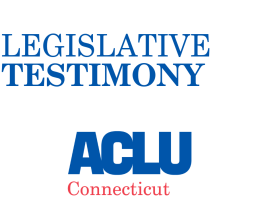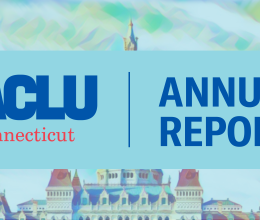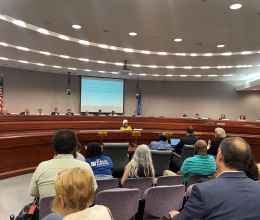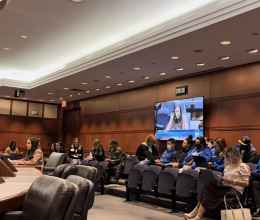
Early voting makes voting more accessible to all voters, especially those who face barriers getting to the polls.
Early voting makes voting more accessible to all voters, especially those who face barriers getting to the polls.
This bill ensures the legislature implements early voting for Connecticut residents.
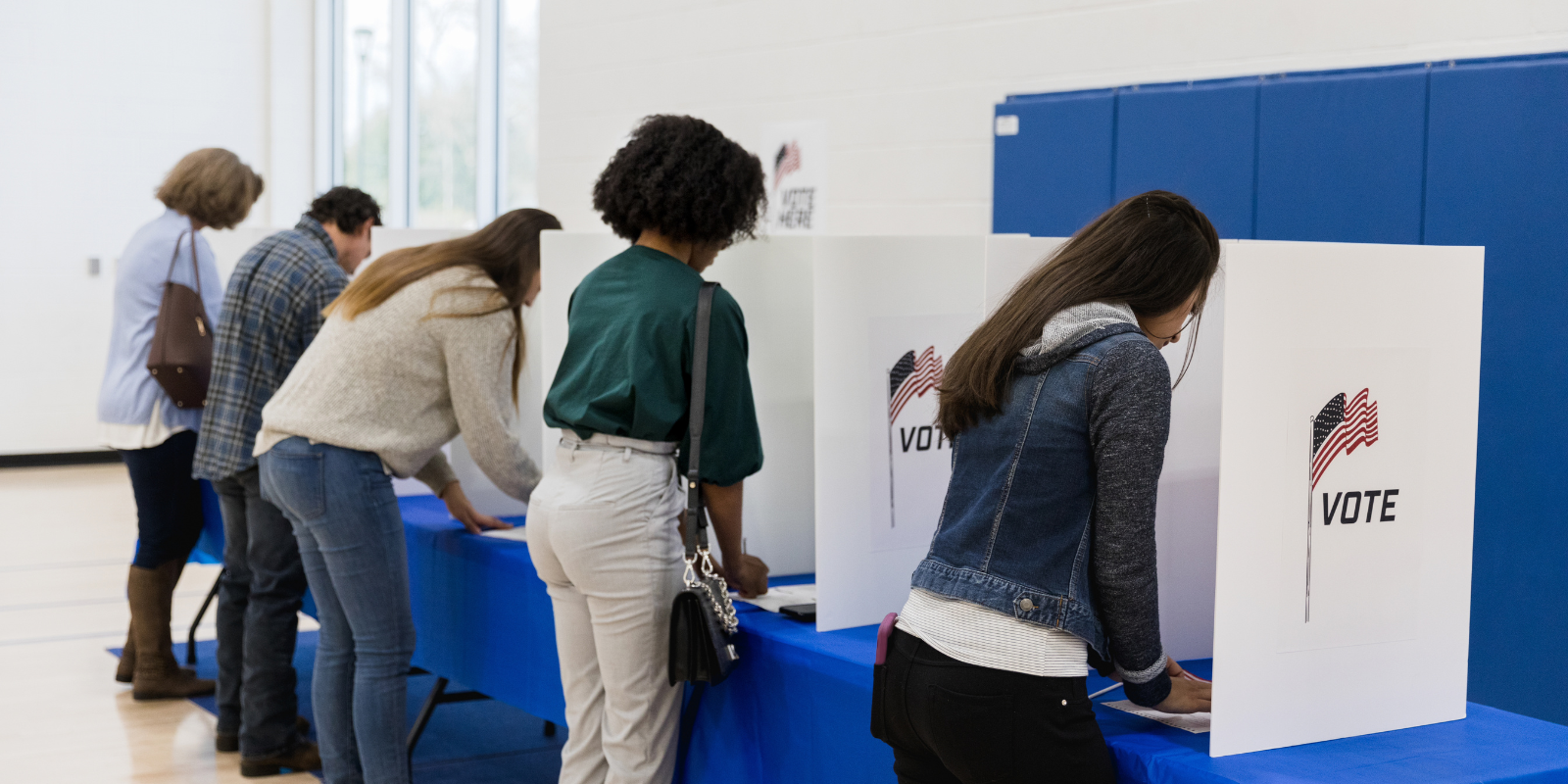
This bill is to ensure the legislature implements early voting for Connecticut residents. Early voting makes voting more accessible to all voters, especially those who face barriers to getting to the polls. Early voting options must reflect the needs of working people, especially working parents, elderly and disabled people, and all busy Connecticut voters. We intend to make it happen.
What we must include to ensure early voting options are equitable and accessible.
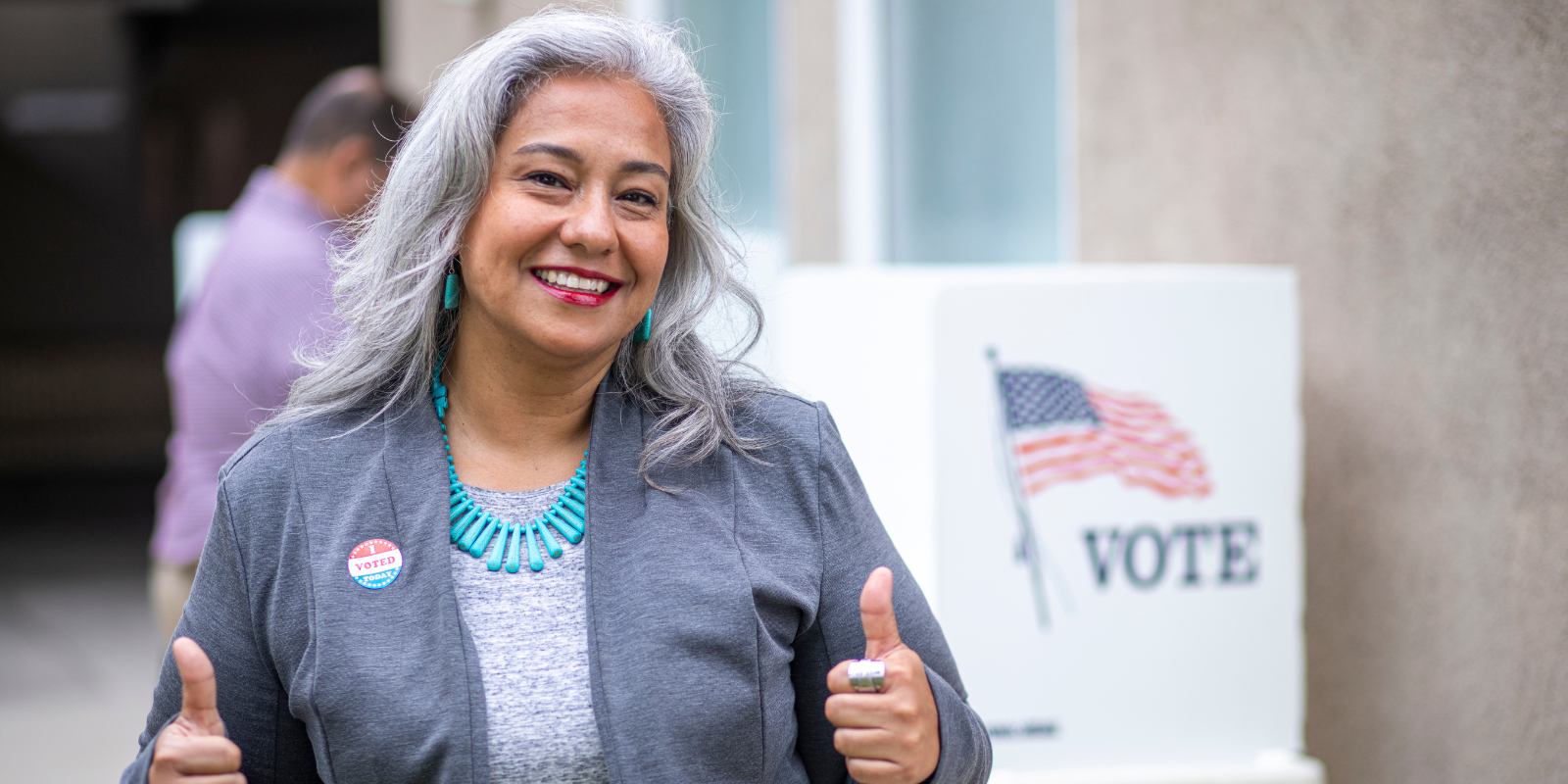
Connecticut voters deserve a chance to vote early.

Interested in supporting this bill? Learn how here!

You can email or call your legislator to tell them to support inclusive, accessible early voting. You can find your legislator and their contact information on the Connecticut General Assembly website.
There will be two opportunities to testify:
Need more evidence to support early voting? Look no further.
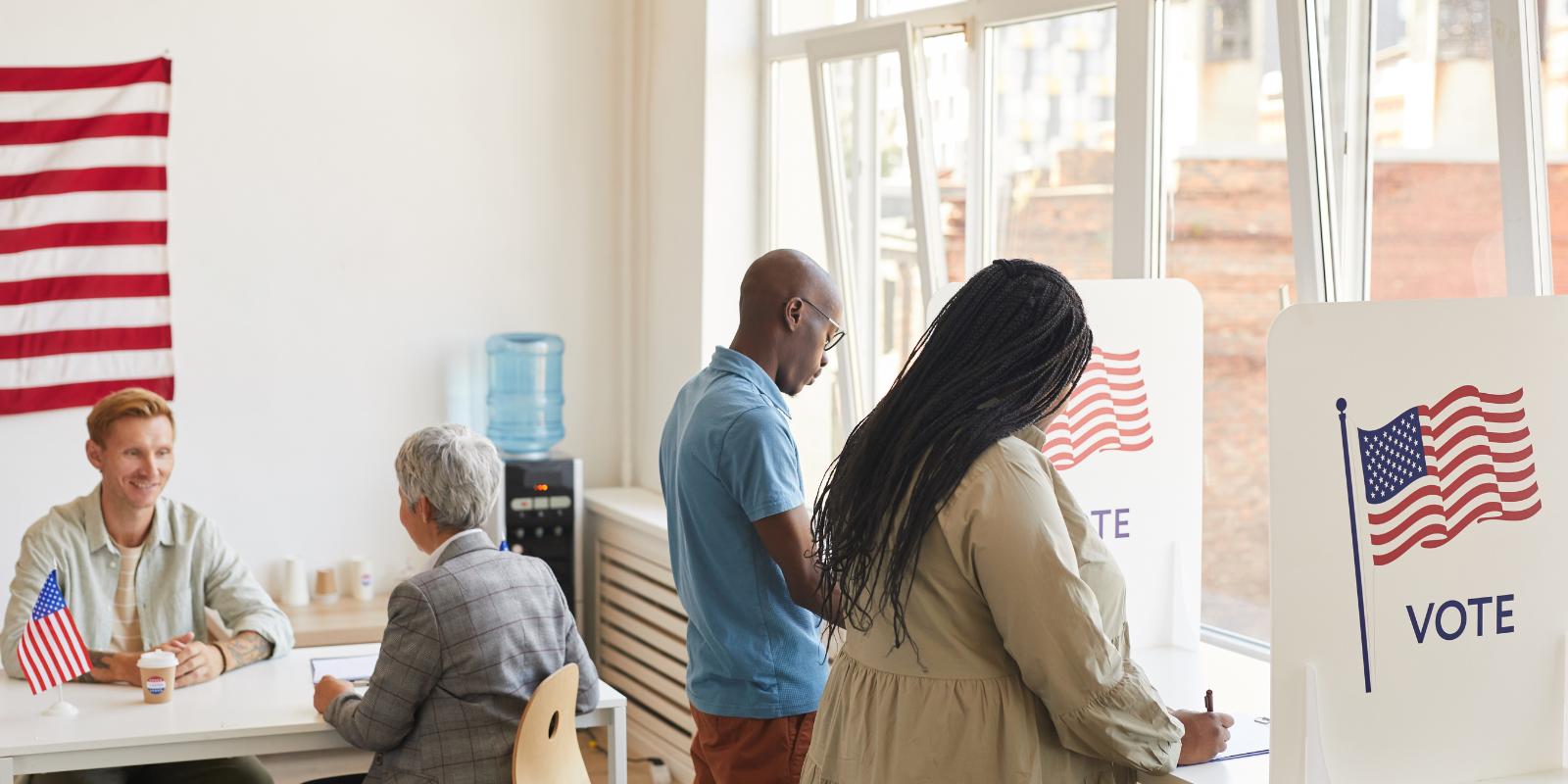
Here's what we and others are saying about inclusive early voting.
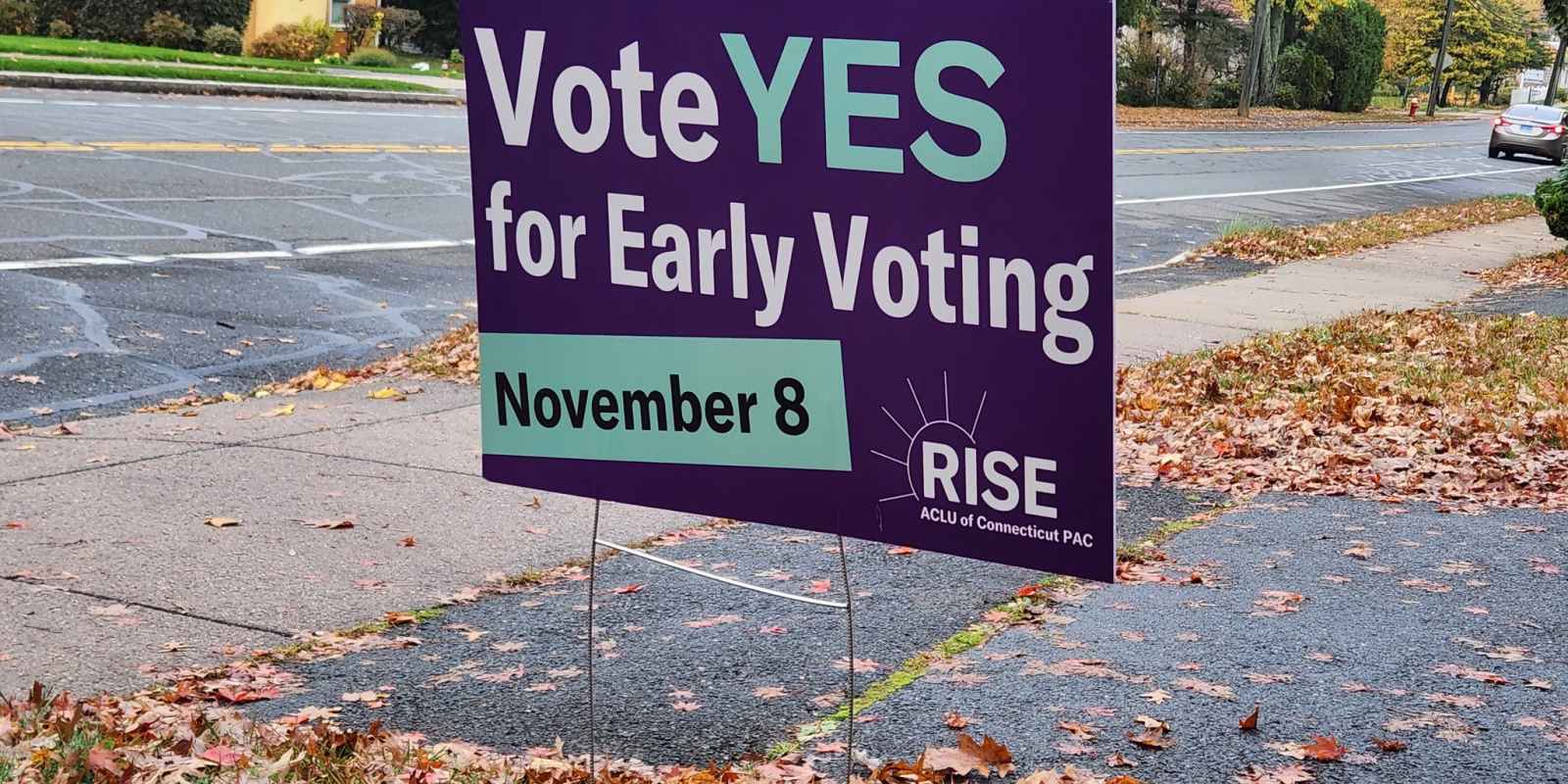
To make inclusive early voting happen, legislators will need to fully fund it. Read the ACLU of Connecticut's Appropriations Committee testimony about funding for early voting.
It's important that the legislator hear your support for early voting. We make it easy by providing an example of what your written testimony in support of early voting could look like. You can submit your version of written testimony in support of early voting to the Government Administration and Elections Committee through the Connecticut General Assembly website.
Early voting has to be accessible, equitable, and inclusive. Learn more in our op-ed in Hearst CT papers.


